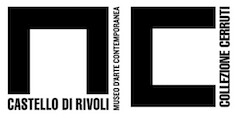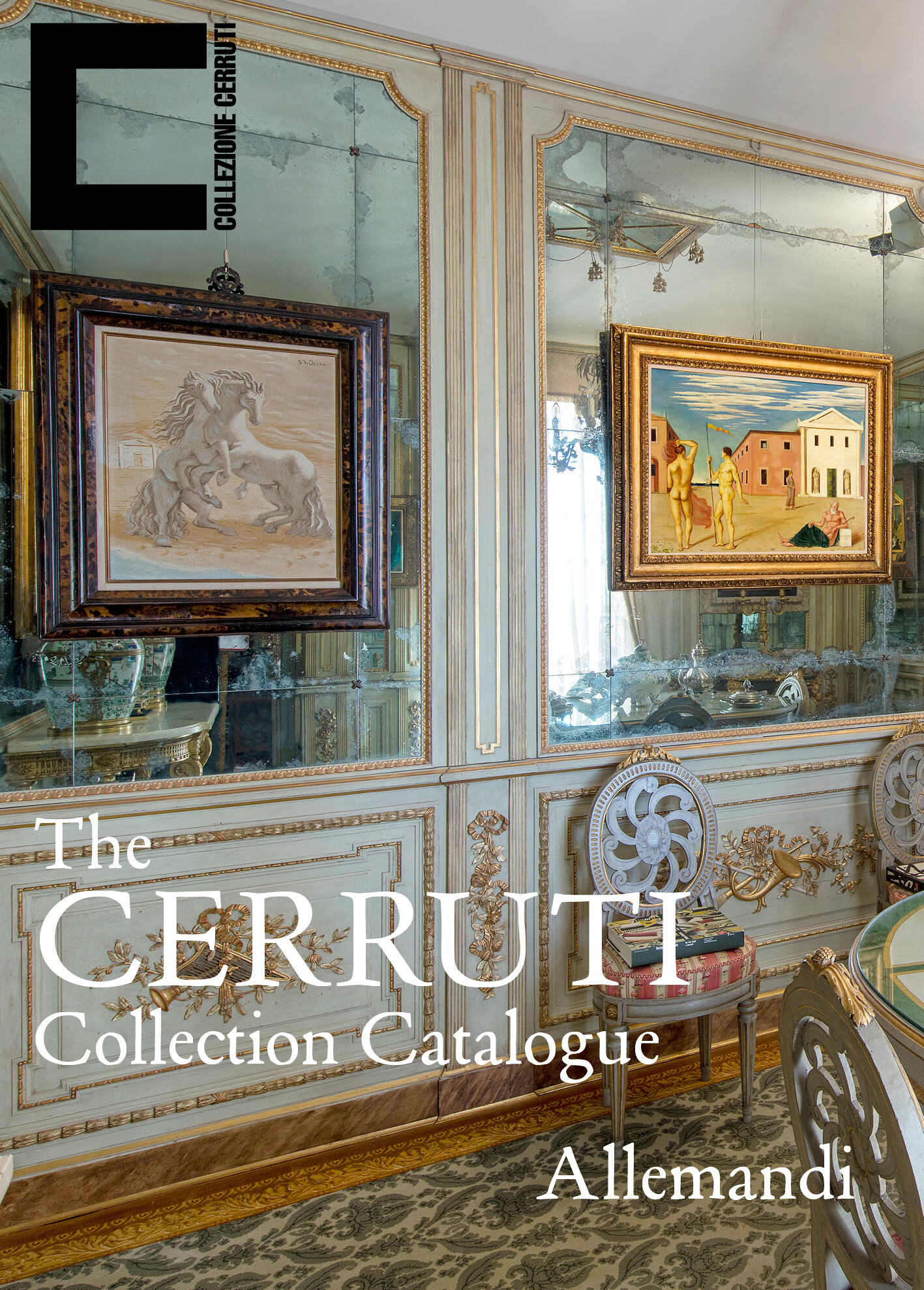Piazza Mafalda di Savoia
10098 Rivoli Turin
Italy
Hours: Wednesday–Friday 10am–5pm,
Saturday–Sunday 11am–6pm
T +39 011 956 5222
On November 5, 2021, the Fondazione Francesco Federico Cerruti per l’Arte and the Castello di Rivoli Museo d’Arte Contemporanea launch The Cerruti Collection Catalogue, published by Umberto Allemandi Editore and edited by Carolyn Christov-Bakargiev. This two volume publication of over 1,200 pages is the result of a three-year long research project involving 89 Italian and international scholars. This event will be marked by a conference at Castello di Rivoli, where the catalogue authors are invited to present their research on the Cerruti Collection.
Research for the Cerruti Collection general catalogue began in 2017. It has involved scholars over three years, who have contributed based on their specific fields of expertise. This has led to an extraordinary richness of views and depth of scholarship, well-suited to the multifaceted nature of the art collection of Francesco Federico Cerruti (Genoa, 1922 – Turin, 2015).
Italian and international authors of the catalogue taking part in the conference include: Vivian Endicott Barnett, Emily Braun, Giorgina Bertolino, Virginia Bertone, Ester Coen, Andrea De Marchi, Carlo Falciani, Flavio Fergonzi, Mirjam Foot, Marie Kakinuma, Veronica Peselmann, Emilia Philippot, Aurora Scotti, Salvatore Settis, Claudio Zambianchi, amongst others.
Cerruti moved to Turin in 1923 where, from the late 1950s, he introduced the perfect binding technique to Italy, transforming his family’s small bindery into the biggest binding businesses in Italy. From the 1960s until his death, Cerruti collected some 300 works of sculpture and painting, ranging from the Middle Ages to today, plus approximately 300 rare and ancient books and over 300 furnishings including carpets and desks by renowned historical cabinet makers. Cerruti assembled a primarily European collection – very strongly rooted in his own geographic location and therefore focussing on Italian art – a collection that provides a journey into the history of European art from the Renaissance to today. It is a private collection of immense quality, like very few others, including extraordinary works ranging from Bernardo Daddi, Sassetta, Pontormo, Ribera and Batoni, to Renoir, Modigliani, Kandinsky, Giacometti, Picasso, Klee, de Chirico, Severini, Boccioni, Balla, and Magritte, as well as Bacon, Burri, Fontana, De Dominicis, and Paolini.
The Cerruti Collection Catalogue focuses on his unique collection, which opened to the public in 2019. The first volume opens with a visual essay, taking the reader on a journey through the rooms and garden of Villa Cerruti, a few hundred meters away from Castello di Rivoli. This is followed by essays on the following themes: The Art Collection; The Manuscripts, Books and Bindings; The Furnishings, Carpets and Decorative Arts; The House Museum. This publication aims at understanding the artworks in the collection and their provenance, as well as establishing a relationship between the collector and the building he commissioned to house his treasures. Volume one of the catalogue begins with a section on Manuscripts, Books, and Bindings. This volume also includes entries for Painting, Sculpture, and Works on Paper from the 14th Century to the 19th Century. In volume two, the catalogue continues with Painting, Sculpture, and Works on Paper; Furniture and Furnishings; Carpets and Other Textiles; and Decorative Arts. In each section, the works are chronologically presented except for the works by the same author, which are grouped together starting with the oldest piece. Lastly, the End Matter section comprises a biography of Cerruti and of the authors.
The catalogue’s authors include: Vivian Endicott Barnett, Independent art historian and curator, author of four volumes of the Kandinsky catalogue raisonné; Marcella Beccaria, Chief curator and collections curator, Castello di Rivoli Museo d’Arte Contemporanea, Rivoli-Turin; Fabio Belloni, Associate Professor of Contemporary Art History, Università degli Studi di Torino; Achille Bonito Oliva, art critic who developed the theory of the Transavangardia, giving rise to the eponymous artistic movement; Emily Braun, Distinguished Professor, Hunter College and the Graduate Center, Cuny, New York; Fabio Cafagna, Art historian and catalogue editor, Cerruti Collection, Castello di Rivoli Museo d’Arte Contemporanea, Rivoli-Turin; Carolyn Christov-Bakargiev, Director of Castello di Rivoli Museo d’Arte Contemporanea and Fondazione Francesco Federico Cerruti per l’Arte, Rivoli-Turin; Ester Coen, Art historian expert in Futurism, Metaphysics and international art from the avant-gardes to contemporary art and Professor of Contemporary Art History, Università degli Studi dell’Aquila; Andrea De Marchi, Full Professor of Medieval Art History, Università degli Studi di Firenze; Carlo Falciani, Professor of Modern and Contemporary Art History, Accademia di Belle Arti di Firenze, Getty Scholar; Flavio Fergonzi, Full Professor of Contemporary Art History, Scuola Normale Superiore di Pisa; Mirjam Foot, DLitt, FSA, former Director of Collections and Preservation at the British Library, London; Marie Kakinuma, Art History Researcher, Zentrum Paul Klee, Bern; Veronica Peselmann, Researcher and Lecturer, University of Bielefeld, Department for Art History and Historical Image Studies; Emilia Philippot, Chief Curator and Curator of the Collections, Musée National Picasso, Paris; Salvatore Settis, Emeritus Professor, Scuola Normale Superiore di Pisa; Marco Vallora, Journalist, essayist and friend of Francesco Federico Cerruti; Claudio Zambianchi, Full Professor of Contemporary Art History, La Sapienza - Università di Roma, among others.
More information here.


